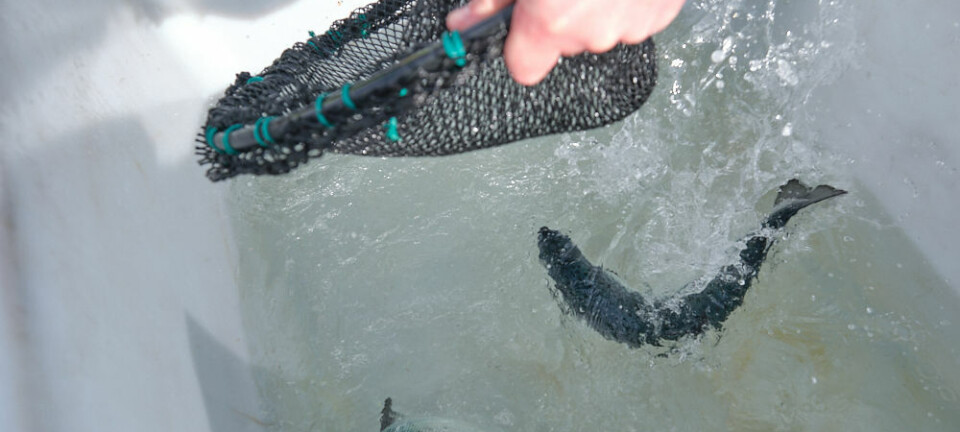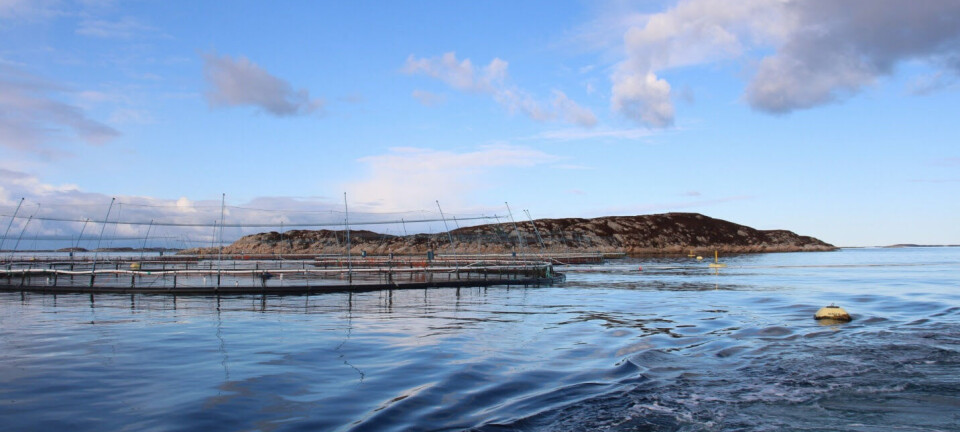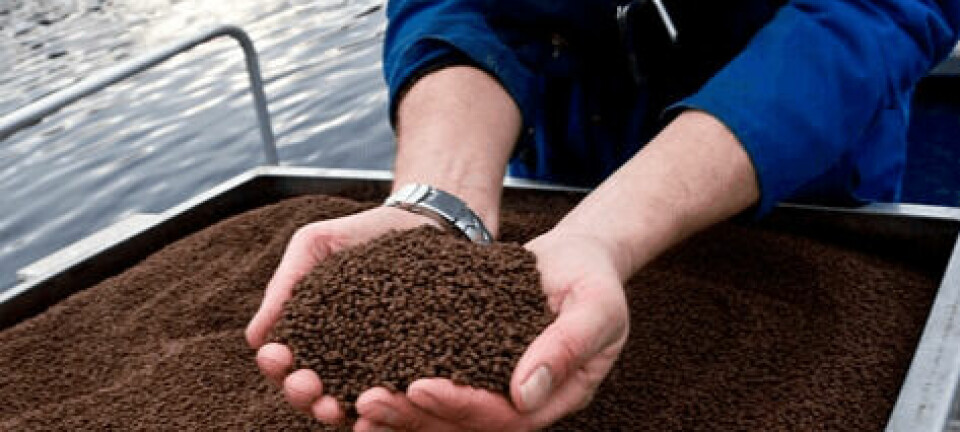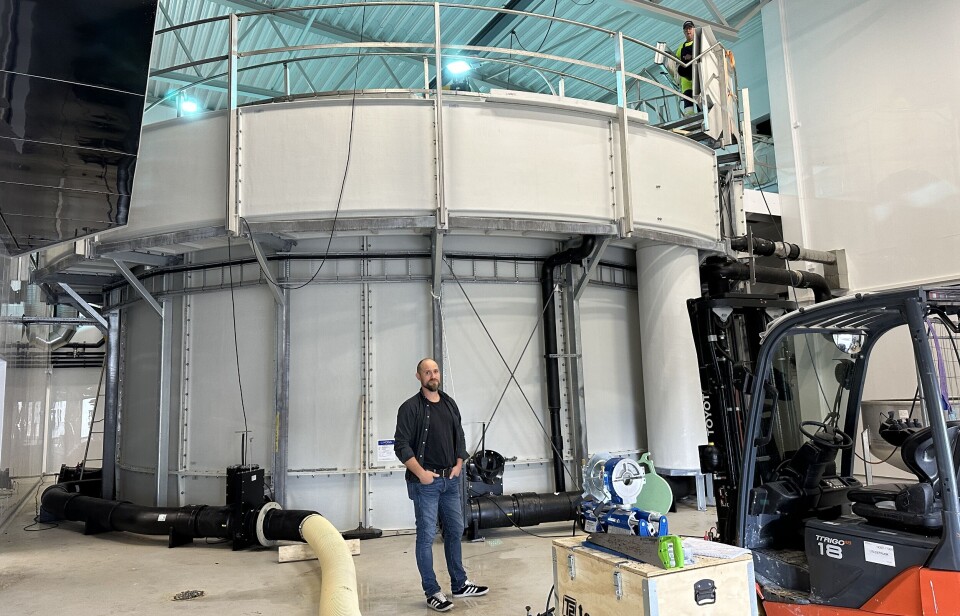
Land-based fish farmer closes in on crowdfunding target
Company using small investment model to finance first two tanks at post-smolt facility
A company using land-based fish farming technology partly developed in Ireland and Scotland is using a form of crowdfunding to raise the money for its first commercial farm.
Onshore Farming Solutions (OFS) Norway expects to raise between NOK 56.25 million and NOK 65m by selling shares through Dealflow, a company that enables people to make relatively small investments in unlisted companies seeking capital.
OFS is selling 17.34% of its equity. Shares are priced at NOK 22.50, and the minimum investment is NOK 9,990 (£762.68).
With just a few days of the period now remaining, the company has so far managed to raise NOK 40.2m.
Two tanks
“We are very satisfied so far with the interest in the issue at Dealflow,” said OFS chairman Ronny M Almenning, who added that if the company raises NOK 56m it can start with one tank. However, the goal is to bring in NOK 65m, so the company can build two.
“Based on efficiency gains, we of course want production in two tanks. Based on positive discussions with larger, potential investors, we expect that this should go well,” said Almenning.
OFS will use tanks built by Ontec (Onshore Technologies AS), in which it is has majority ownership. Ontec’s modular design ensures that, during day-to-day operations, each growth volume is a separate biosystem that does not exchange water with others.
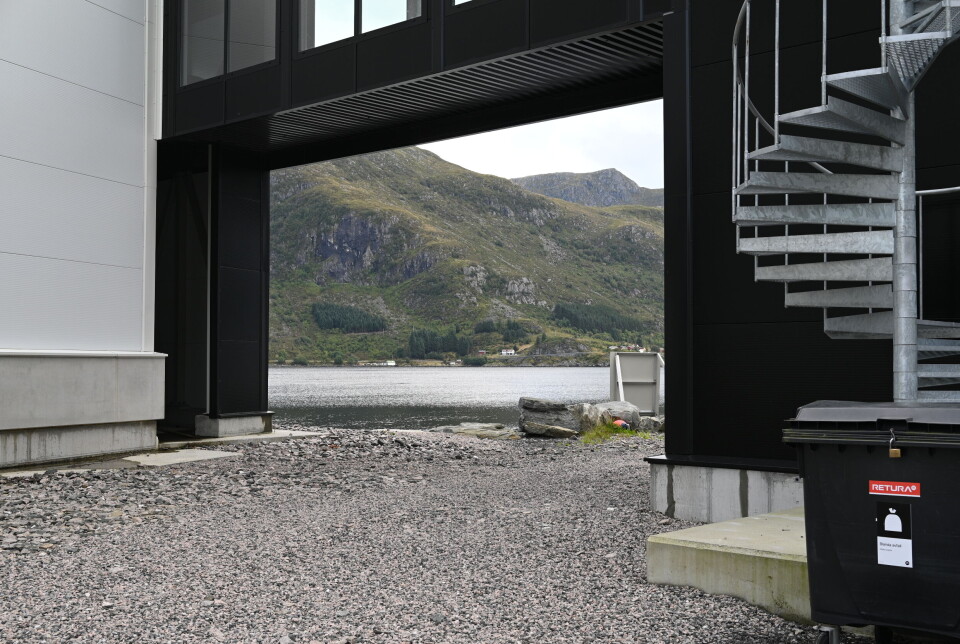
The system offers flow-through, re-use, and water recirculation in the same tank. It can recycle 85% of water without a biofilter.
A module has already been used to grow fish up to 2kg to satisfy regulators that it worked and to approve OFS’s licence for production of 15,000 tonnes at Barstadvikaved Raudeberg, near Måløy in Vestland county.
The module is the fourth generation of something that has been built up and tested before; first at Rognaldsvågen by Ecofarm in 2001, then at a research station near Cork in Ireland, then by Niri in Machrihanish in Scotland, and then with the latest edition in the Måløy area.
Design has changed
“However, the design of the module has changed a lot throughout this process, and even in this last one we have made some drastic moves when it comes to operation,” chief executive Trond-Inge Kvernevik told one of Fish Farming Expert’s Norwegian sister sites, LandbasedAQ.
If OFS can only raise enough capital for one tank in the first instance, it will probably seek other financing solutions in parallel with construction in order to also get started with a second tank, said chairman Almenning.
This will lead to a hectic period for the company where it relatively quickly starts building either one or two tanks. In the first instance, they will be used for producing post-smolts for net pen farmers but can also be used to produce harvest-sized fish.
13,000 tonnes net
“We expect to introduce smolt after the turn of the year. We have already built the hall that will house the tanks. With just over four months of production time, we can deliver post-smolts before Christmas,” said Almenning.
In today’s strong salmon market, positive cash flow is already expected from these first production tanks, which provide a production capacity of up to ~1,300 tonnes of post-smolts per year or approximately 550 tonnes of 5 kg food fish. A further 22 tanks are planned.
In its prospectus in connection with the financing, OFS writes that the project will be realised in phases with a clear progression plan to reach full scale by 2027.
After financing phase 2, the company plans to increase by six tanks to a full eight tank production line which will have a capacity of 5,500 tonnes of post-smolts. In phase 3, a further production line of eight tanks will be financed and built. The investments in the last eight-tank production line are planned to be financed with self-generated cash flow. When fully developed, a production capacity of just over 13,000 tonnes net (excluding smolt purchases) is expected.















